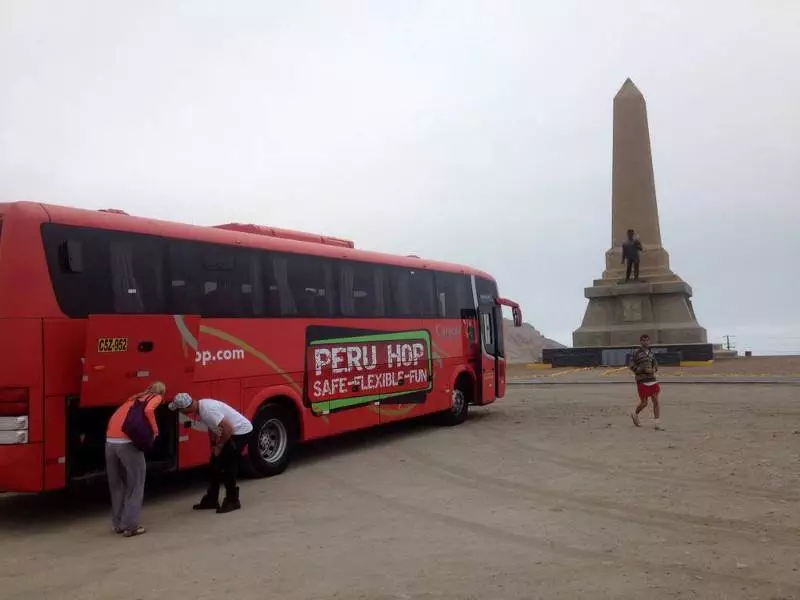
Having spent almost 9 months getting around South America, the one thing that’s been the most difficult is getting around. Presuming a bus, minivan, or colectivo actually goes where you want it to, there’s then the matter of comfort and staying on schedule. If your South American trip involves Peru or Bolivia, I’ve found the company to use.
UPDATE 23 Feb 2017: This same company now offers express airport buses from Lima Airport to Miraflores, one of the nicer expat / tourist districts in Lima. Buses run every 30–60 minutes and promise free wi-fi, reclining seats, and room for your bags. The service is available as of March 11, 2017, and more info can be found at https://www.airportexpresslima.com/.
Disclosure: we received two hop-on-hop-off tickets from Peru Hop for review and traveling. As always, all words and opinions are my own.
Peru Hop is a hop-on-hop-off bus service started by two Irish backpackers. It offers dozens of routes to have something for everyone. Have some time? Take in the full route to Cusco. Want to get from Lima to Cusco fast? There’s a route for that. Want to head all the way to La Paz, Bolivia? Covered as well. You get the idea. With departures from Lima, Cusco, Arequipa, La Paz, and more, you don’t necessarily have to start from Lima (though a lot of people do). You’re dropped off and picked up from one of several places in town, almost all of which are the hotels they recommend. (Since we had booked other hotels in some cases, our rockstar of a guide motioned for a taxi and told the driver where we were going.)
When you book, you’ll receive a recommended itinerary for the number of days to enjoy at each destination. If you’ve fallen in love with the place (or just want to get going even faster), you can jump online and change departure times in about 30 seconds. Note that departures are typically about once a day, or in a couple of cases every other day. If you like the plan as-is, nothing needs to be done.
Table of Contents
We took the ‘full south to Cusco’ route:
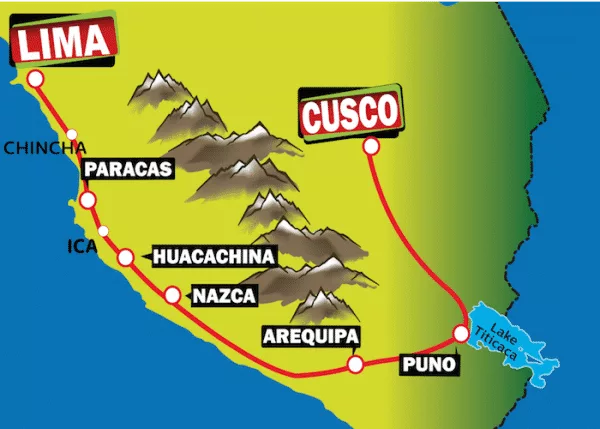
Once on the bus, your welcome pack has plenty of info about tours, local hotels, and so on. You can quite literally jump on the bus and book hotels or tours en route. Better still, the tour guide that stays with the bus does most of the heavy lifting — all you need to do is sign up and pay cash on the bus. (In case you were wondering, the Peru Hop bracelet garners some discounts through their partners, and prices were competitive with those you might find through your own research. Their options are fairly well curated, but not necessarily for everyone.)
The tour guide / bus manager is unquestionably the rockstar of the show. While tasked with a bunch of different jobs like ensuring everyone knew where they were staying and making arrangements for tours, they were all personable and easy to approach with questions. All explanations are in English (along with Spanish, if anyone was a Spanish-only speaker), and they’re all locals that know their country well.
That said, my wife and I are the sort to plan things out for ourselves. Laura booked most of our hotels ahead of time, and we opted to head off to the weirder destinations around the area more often than not. (You’ll be seeing some of those in future posts, naturally.) We were able to rejoin a new crowd / bus of travelers seamlessly, which is a big plus.
To the adventures!
A number of free tours are included while on the bus — shortly after departing Lima, you’ll have the chance to see the Cristo statue high on the hill and the Chincha Slave Tunnels. While the former is close enough to Lima, the latter would be virtually impossible to reach with other tour companies. (Peru Hop owns their own buses, meaning they can stop where they please.)
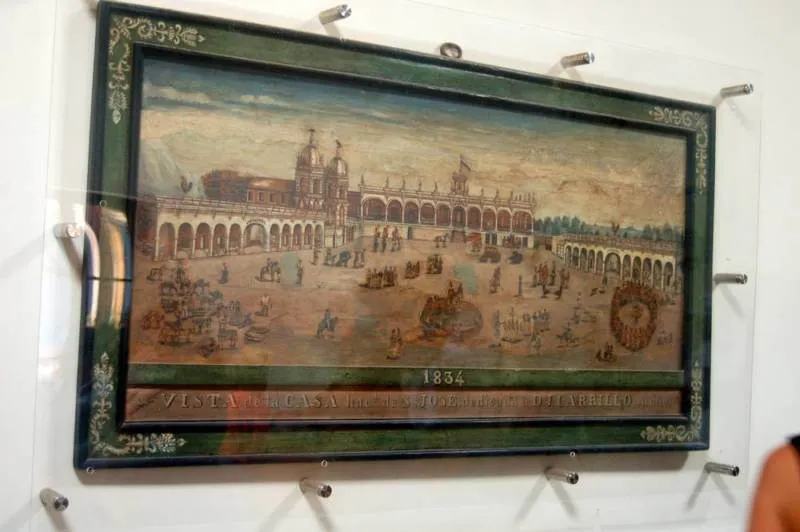
A picture of the mansion, from way back in the day. While the slave tunnels are the destination you’re coming to see, today it’s a luxurious hotel in an almost antebellum style.
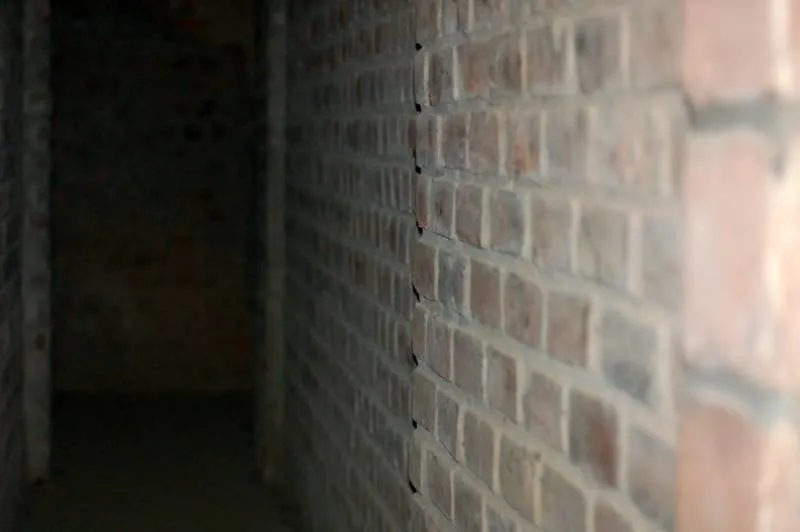
Proceeding through the slave tunnels is a dark, harrowing, and hot process. You’re offered a flashlight before heading down, which you’ll need to get through the labyrinthine tunnels and low ceilings. No air movement also means it’s sweltering. You’re never in one place for more than a few minutes, but bring some water anyway.
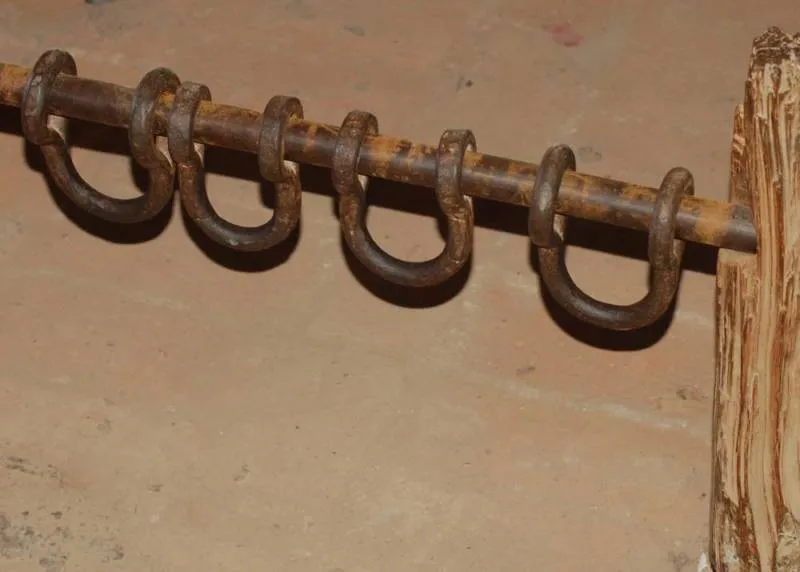
Some of the shackles in one of the final rooms just inside from the heat.
The Paracas Natural Reserve makes for an interesting one-hour stop to see the largest protected desert in the Americas:
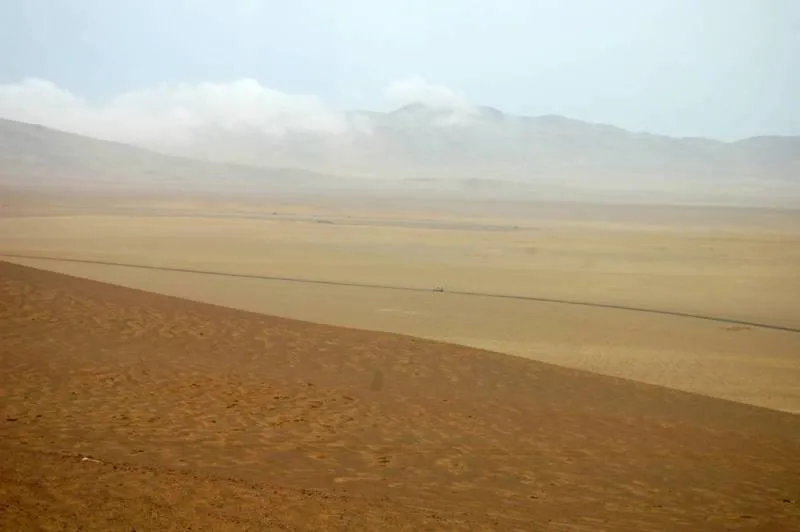
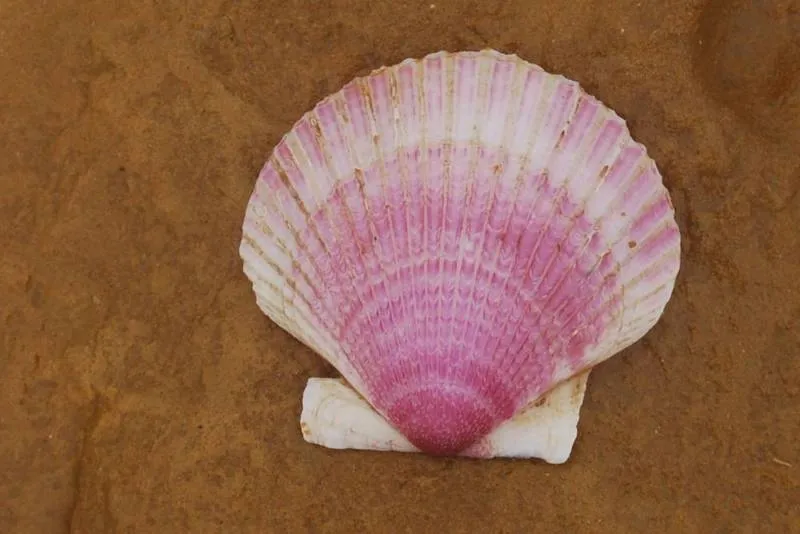
That is, a desert right on the Pacific Ocean.
You’ll see plenty of sand while you’re here.. but only one pink shell, if you’re lucky.
You’ll have a Pisco tasting tour during an early afternoon:
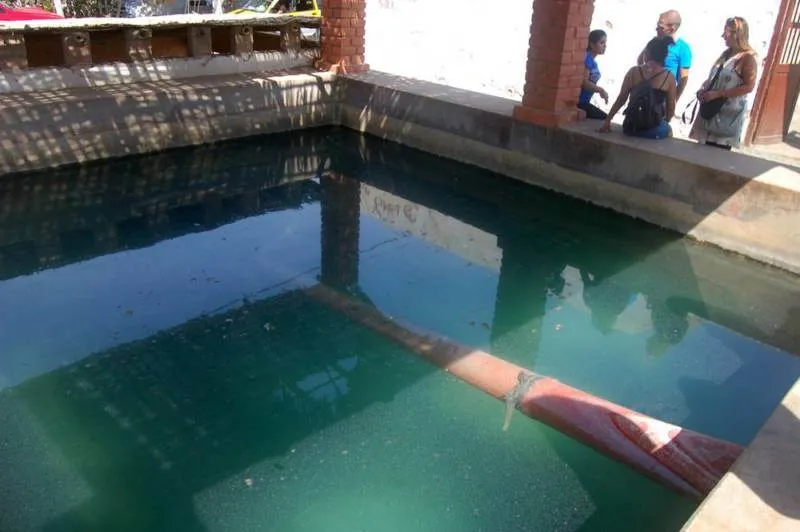
Explaining the entire process from grape to bottle takes a surprisingly short amount of time… partially because the tour guide knew what the tourists were here to do…
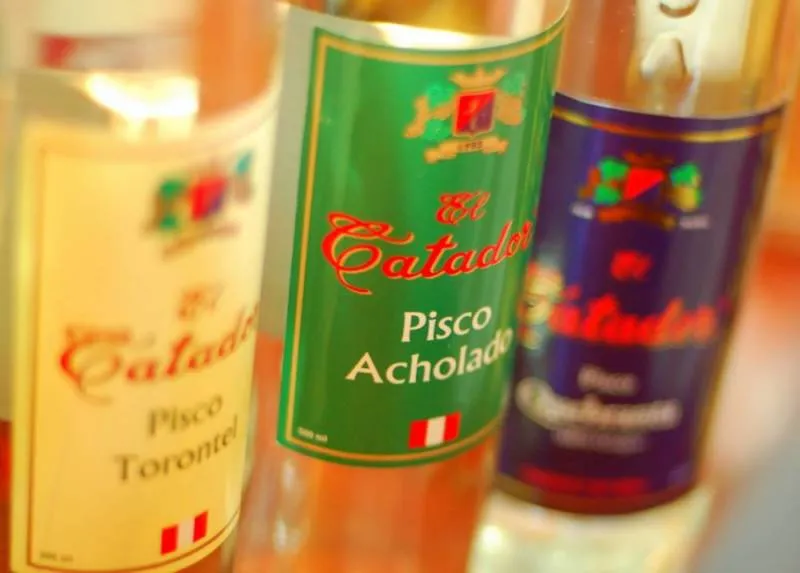
After a few small servings of local wine and a couple small shots of a couple different types of Pisco, you’re going to get a little tipsy…
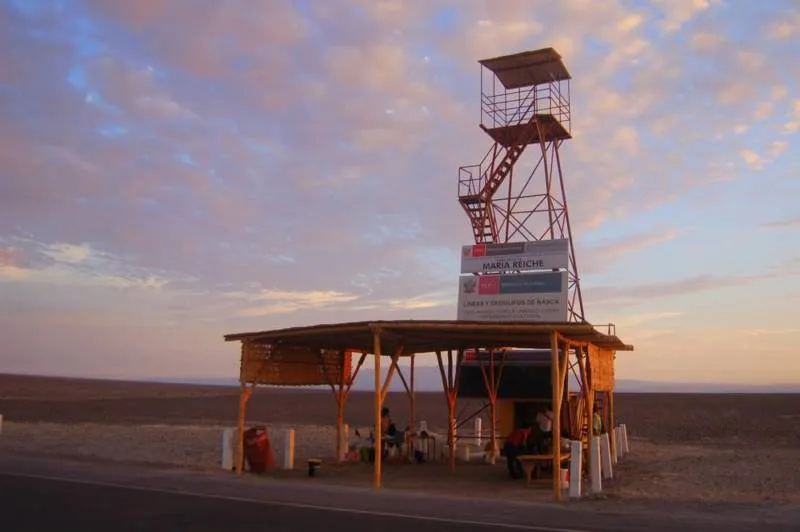
…and let’s not forget about the famous Nazca lines, which you’ll see from a viewing tower outside the present-day town. It’s about a three-story climb, with room for 15–20 people at the top.

You have to do a little work with the contrast to get the lines to be visible, but you can see two or three different sets of lines from this single stand.
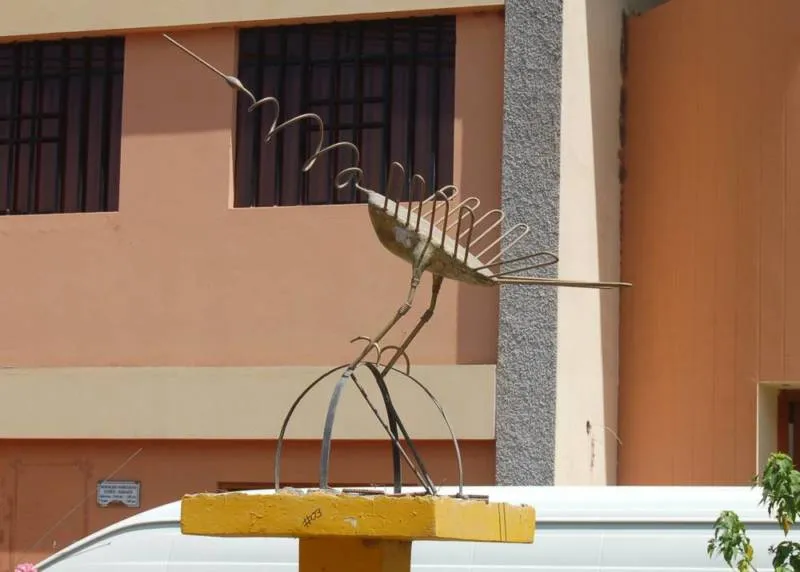
More tours?
As mentioned, Peru Hop offers some paid, optional tours around the cities you stop at. Places like the Ballestas Islands near Paracas (like a poor-man’s Galapagos tour), going sandboarding in Huacachina (as above), flying over the Nazca lines, or hiking up the Colca Canyon are all possible. These aren’t run by Peru Hop, but they’re pretty easy to get set up through them.
It goes without saying you can book them (or make other plans) on your own, so there’s plenty of flexibility to boot. Your trip can be a week full of activity or a more leisurely few weeks. As mentioned, prices are competitive, but were not always the cheapest option. I didn’t get the sense there was a mark-up, more that they had chosen a given company for its reputation, safety record, or English-speaking tour guide.
Comfort?
Anytime you’re going to be stuck on a bus, being / staying comfortable is critical. Seats are comfortable, all buses have a toilet, and temperature is kept at a pleasant cool. For the longer, overnight legs (such as Huacachina-Nazca-Arequipa or Puno-Cusco) there are some embroidered blankets already on the seats or distributed along the way. All the buses are modern, and most of Peru’s expressways are smooth (though some city roads feature unavoidable speed bumps). After hours the lights are turned off and it gets quiet.
Since we took a bit more time at stops than most travelers, we caught up with several different buses and several different groups — almost all of which had plenty of room to allow one person per pair of seats. You’re still on a bus for several hours or an overnight journey, but you’re about as comfortable as it can get.
Drawbacks / points to consider?
Some of the buses lack any Peru Hop branding, which can be a bit jarring. While there’s never a multitude of buses at the same place and time, you can always knock on the bus door to ensure you get on the right bus.
While I wouldn’t personally call it a drawback, it should be considered a word of warning: these buses do everything they can to leave on-time in the Western mindset. That’s quite rare across South America, so if you’re used to strolling onto the bus 20–30 minutes after it’s scheduled to depart, you may find the bus has already left. (In practice, the guides are occasionally seen knocking on hostel doors or responding to calls to avoid leaving anyone behind. All bets are off, however, if you can’t be found.)
Finally, some buses are overnight buses that arrive in the early morning. If you’ve booked a hotel outside of their recommendations, you’ll want to ensure they can work with early check-ins.
Verdict
I’d happily use these guys again. Not only are the prices competitive, but having it all under one roof saves a bunch of time and effort. No more worries about figuring out the local bus schedule, having to haggle with taxi drivers, or hoping the bus drop-off points are safe. My Spanish (even after 9 months in South America) remains laughably poor, but it was never needed once while part of the bus or tour.
Highly recommended.


